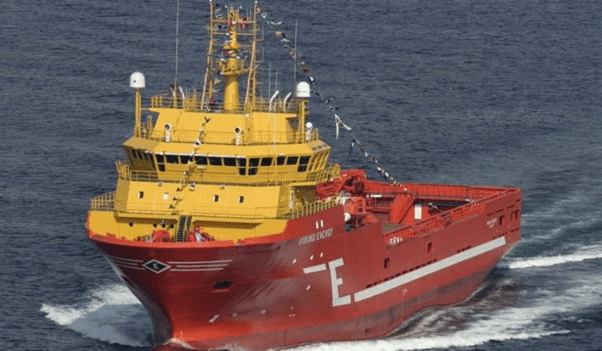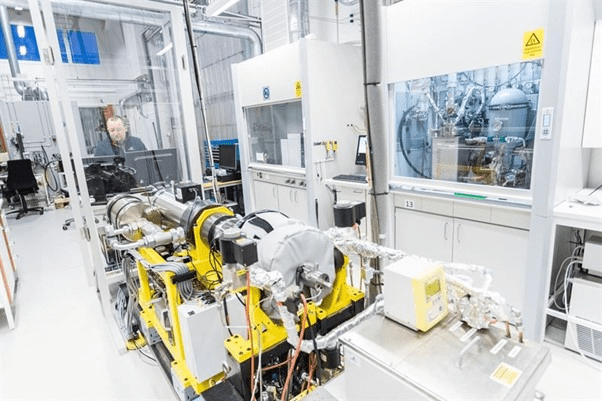
Moves to adapt engines and ship designs to ammonia fuel are driven by a 2018 International Maritime Organization (IMO) commitment to cut international shipping’s annual greenhouse gas emissions by at least 50 percent by 2050, compared to 2008 levels.
Moves to adapt engines and ship designs to ammonia fuel are driven by a 2018 International Maritime Organization (IMO) commitment to cut international shipping’s annual greenhouse gas emissions by at least 50 percent by 2050, compared to 2008 levels.
To date, no ammonia-fuelled ships have been built, but that’s not stopping companies including Equinor, MAN Energy Solutions and Wärtsilä from rushing to help bring ammonia-fuelled ships to market.
Moving away from fossil fuels in shipping will require different approaches according to the type of vessel involved. Commuter ferries such as those in operation in Washington state are already moving toward battery power.
Elsewhere, compressed or liquefied green hydrogen could be an option for ships that are able to refuel regularly. But for vessels that spend days or weeks at sea, such as tankers, super trawlers or cargo ships, the size of the fuel tanks needed for hydrogen would be prohibitive.
Another possibility is for the industry to rely on synthetic diesel or other carbon fuels produced using renewable energy. In this instance, though, the problem is cost.
Synthetic diesel would cost approximately twice as much as green hydrogen in terms of energy on a megajoule-per-megajoule basis.
Green ammonia’s manageable drawbacks
Green ammonia, which requires less storage volume than hydrogen and is cheaper to make than synthetic carbon fuels, seems like a handy compromise. But as a fuel, it is still far from ideal.
Although more energy-dense than hydrogen, ammonia still occupies significantly more space than diesel for the same amount of propulsion. New vessel designs might be able to accommodate this, but retrofitted ships could end up losing a fair amount of space in the hold.
Regarding propulsion technology, using ammonia as a fuel doesn’t take a major leap of the imagination. An internal combustion engine can be used to burn the ammonia. This requires a catalyst to crack a small portion of ammonia into nitrogen and hydrogen. The pure hydrogen ignites and burns with the ammonia.
Ammonia is toxic, it could emit polluting nitrogen oxides throughout the fuel cycle and, as produced today, it’s still far from carbon-neutral. Nevertheless, proponents claim that none of these drawbacks is fatal to its prospects.
Ammonia engines on the way
MAN Energy Solutions is expecting to have a two-stroke ammonia engine ready to deliver by early 2024. By the following year, the company aims to offer retrofit conversions to allow existing two-stroke engines to use ammonia.
Meanwhile, Wärtsilä is working on four-stroke engine designs, hoping to reach the stage of field tests as soon as 2022. It’s also developing ammonia storage and supply systems to install ammonia fuel cells on Eidesvik Offshore’s supply vessel Viking Energy by 2023.

Wärtsilä is already testing an ammonia engine.
Enquiries
Email
No English?

